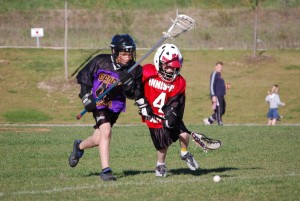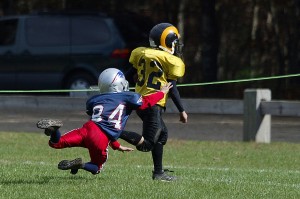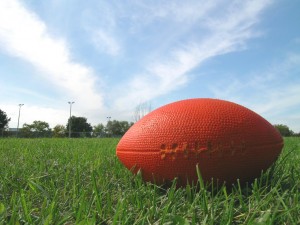Falling is Inevitable
Ice skating, skiing, snowboarding, and other winter sports and activities are common causes of upper extremity injuries.
During the winter months OSS surgeons seem to treat more upper body extremities.
People who live in the Pacific Northwest don’t let rain or snow get in the way of outdoor activities, which can sometimes carry with it potential injury.

Winter Sport Injuries
If you’re learning how to ski for the first time or are an avid skier, falling is inevitable. Skier’s thumb, or an injury of the ligaments that connect the bones in your thumb, is a common upper extremity skiing injury. The injury occurs when, during a fall, the ski pole handle places sideways pressure on the thumb causing stress to the ligament.
To prevent injury to the ligament during a fall, avoid using the wrist straps of the ski pole or keep them loose to allow you to quickly release the poles. Simple finger grooves in the handle have ergonomic appeal, allowing easy grasp.Skaters and snowboarders share a similar risk of falling. Wrist and elbow fractures are most at risk as while attempting to catch ourselves with an outstretched arm.
Skaters and snowboarders share a similar risk of falling. Wrist and elbow fractures are most at risk as while attempting to catch ourselves with an outstretched arm.
How to Avoid Upper Extremity Injuries While Enjoying Your Favorite Winter Sports
OSS would like to offer the following tips to avoid falling in any winter sport:
- Use properly maintained equipment adjusted for your body, skill level and terrain. Consider taking classes from a professional instructor who can give you safety advice.
- General conditioning prior to engaging in wintertime sports optimizes your strength and endurance as well as decreases the likelihood of falls.
- Be aware of your terrain and snow conditions, as well as people of all skill levels who may or may not know how to stop.
- Plan ahead when preparing to exit a ski lift, and communicate your plan to other passengers.
- Respect pain and fatigue. It is important to know your limits and recognize the signs of fatigue and stop before your body is unable to keep up with you.

A rule of thumb when you are out and about enjoying your favorite winter sports is to attempt to fall toward your uphill side and avoid reaching out or behind you while skiing or snowboarding. Use your forearms.
Falling safely is a skill you can practice and master, beginning on easier slopes. Wrist guards are particularly important for snowboarders. Boarding gloves with built-in wrist guards are available.
If you do experience pain after a fall while enjoying one of these winter activities, it is very important to be evaluated by an OSS physician. OSS physicians are experts in sports medicine for adults and children.
If you believe you are suffering from a winter sports injury and need specialized orthopedic care, the surgeons at Orthopedic Specialists of Seattle provide excellent treatment options available for you. Please feel free to contact OSS at (206) 633-8100 to schedule an appointment.






